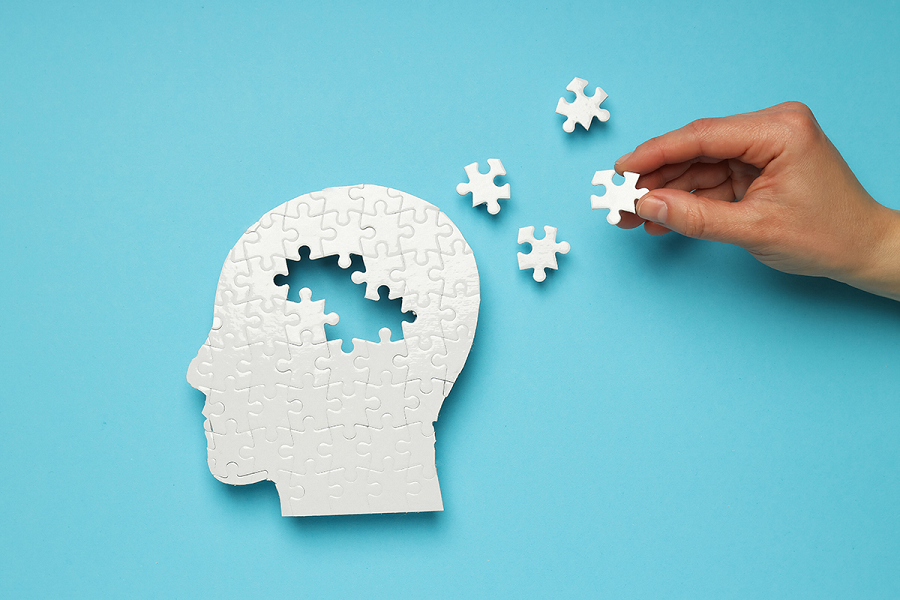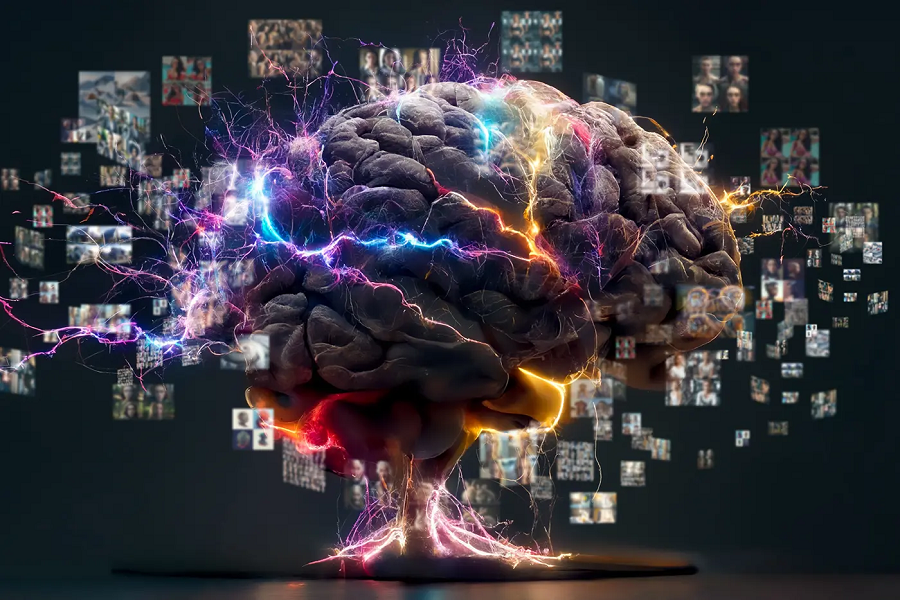Dream interpretation (ทำนายฝัน, which is a term in Thai) has long fascinated humans, providing a fascinating window into our subconscious minds as they craft narratives, scenarios, and symbols in sleep-induced dreams.
Psychologists, spiritualists, and anyone interested in understanding their dreams’ messages have taken a particular interest in dream interpretation; its art lies in unraveling its secrets while sleeping! Join this investigation of dream interpretation as we solve its puzzles while asleep.
What are the Crucial Components of Dream Interpretation?
Let us put some light on them:
● Symbols And Imagery:
Dream interpretation involves discovering and understanding these hidden symbols to gain clarity of dream interpretation. Common signs used include objects, places, and animals. Each can represent individual or collective meaning within dreams. Deciphering dream meaning requires understanding these components as symbols and decoding any hidden messages.
● Dream Interpretation By Feelings And Emotions:
Dream interpretation can benefit significantly from interpreting emotions experienced during a dream, such as happiness, fear, bewilderment, or sadness. The dreamer can gain valuable insight from this type of dream analysis as to their current state of mind, unfinished issues, or dormant desires.
● Personal Associations:
Dream interpretation can be highly personal; each dreamer interprets symbols and themes differently. Recognizing your associations with specific objects, events, or people can help unlock the messages hidden in dreams.
● Archetypes And Collective Unconscious:
Carl Jung first proposed the concept of archetypes and collective unconscious in dream analysis by a Swiss psychologist. Archetypes are cross-cultural universal symbols and motifs that unite us all through human experience, so deciphering symbolic components may reveal more profound aspects of human consciousness.
● Recurring Themes In Dreams:
Noticing reoccurring themes in one’s dreams may provide vitally insightful information. Reoccurring scenes or patterns could indicate unsolved problems, unaddressed concerns, or articles that must be addressed within the daily life of their dreamer.
Ways to Interpreting Dreams
● Spiritual And Metaphysical Context:
Dream interpretation has long been used for self-discovery and guidance in various spiritual and metaphysical traditions, often seen as messages from the divine or offering insights into higher states of awareness.
● Therapeutic Applications:
Psychotherapists frequently employ dream interpretation as part of psychotherapy treatment plans to deepen clients’ understanding of themselves by exploring dreams together to identify any phobias, unsolved difficulties, or hidden concepts within.
In a Nutshell!
Dream interpretation offers us access to our subconscious brains and facilitates self-exploration. No matter from which angle of analysis dreams are approached (psychological, cultural, or spiritual), dream analysis provides a fascinating peek at life itself.
It can reveal important insight that may aid our journey as individuals by decoding symbols, feelings, and themes found within dreams, a practical bridge connecting mystical sleep regions with reality in daily life.











